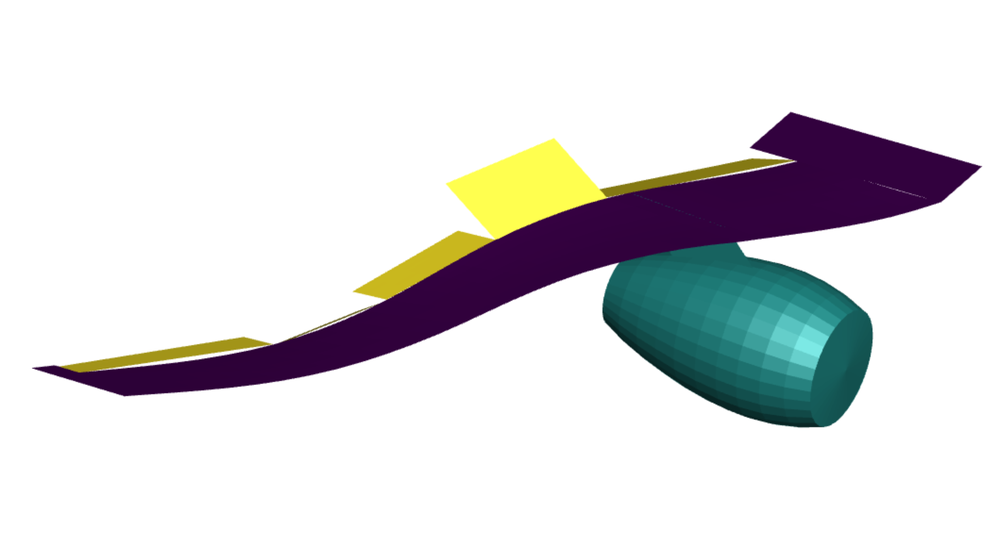Aeroelastic Stability and System Response


The major part of the activities in the field of aeroelastic stability and system response is concerned with the aeroelasticity of civil transport aircraft. However, small business aircraft and glider planes are also subject of investigation. Finally, the work includes contributions to the analysis of helicopters and tiltrotor aircraft.
The covered area comprises numerical analyses and the prediction of static and dynamic aeroelastic phenomena for air transport vehicles. The focus is always set on the complete configuration. Unconventional aircraft concepts are also investigated. The research topic co-operates closely with the other research topics of the institute, in the field of numerical methods, as well as for experimental investigations, namely structural dynamics and wind tunnel testing.
Aeroplanes/fixed-wing aircraft
For fixed wing aircraft, the field of activities ranges from flutter analyses of glider airplanes to numerical investigations of the stability of transport aircraft in transonic flow. The investigations are also based on experimental data, where available. Numerical approaches include the spatial and temporal coupling of fluid and structure as well as the time exact solution based in CFD computations. However, fast frequency domain approaches are used for stability analyses and their application is further developed.
Helicopter / rotary wing aircraft
A similar approach is used for the analysis of rotary wing aircraft, where the complex dynamic interaction of rotor and fuselage is the dominating subject of investigation. Focus of work is the improvement of the aeroelastic modelling of modern rotor blades and the rotor head as well as of dynamic rotor loads. Furthermore, precise methods for the stability assessment of rotors are developed. The expertise and available methods are also used to analyse propeller aircraft.


The methods for aeroelastic investigation are applied in a number of DLR internal projects, as well as in several multidisciplinary national and EU projects.
